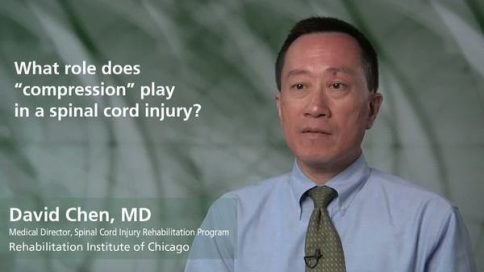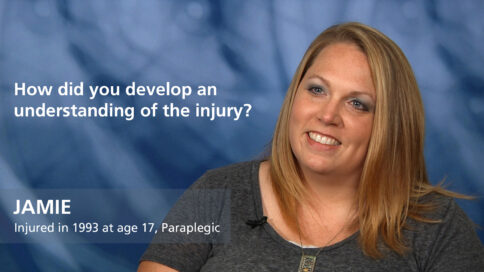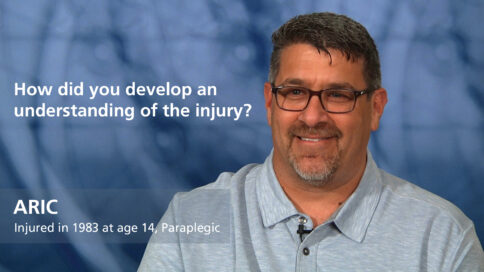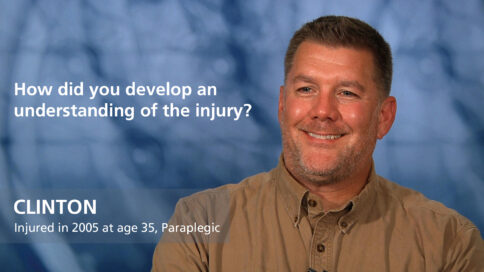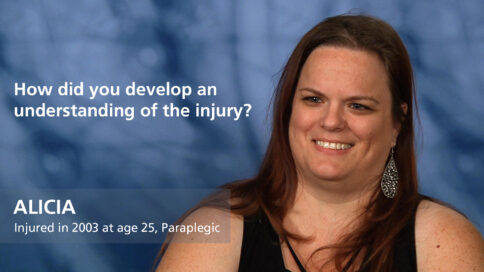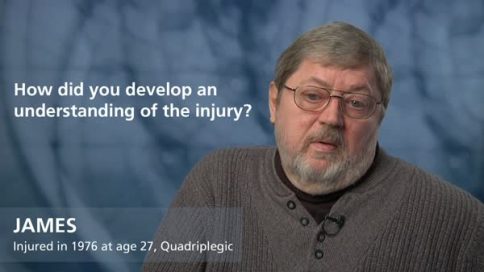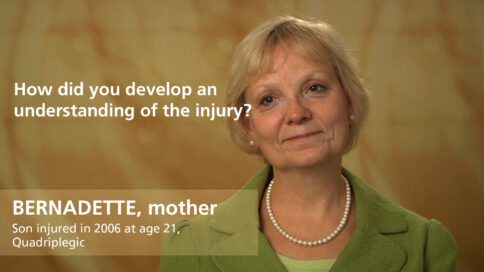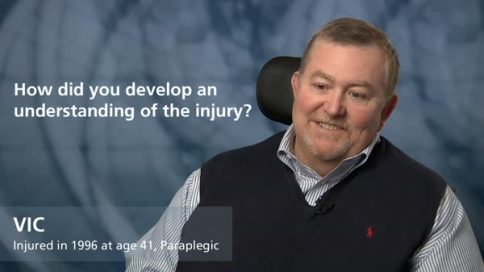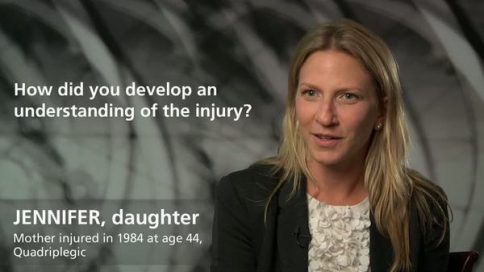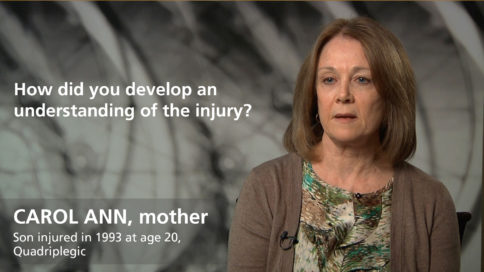What is meant by an incomplete spinal cord injury? - David Chen, MD
|
|
What is meant by an incomplete spinal cord injury? |
|
David Chen, MDMedical Director, Spinal Cord Injury Rehabilitation Program, Rehabilitation Institute of Chicago |
||
| Read Bio | More Videos by David Chen | |
|
Share |
||
Transcript
When you use the term “incomplete spinal cord injury,” a common myth or belief in the public is that incomplete injury means that the spinal cord has not been completely cut. Conversely, when people think about the term “complete injury,” a common mistake is they believe that the spinal cord has been completely cut. The great majority of injuries to the spinal cord in different types of accidents and events are contusion injuries. Very rarely is the spinal cord completely cut, or what we called transected. So that is not what we mean by the term “complete” or “incomplete injury.” An incomplete injury is a definition that we use to try to describe the nature of someone’s condition at the time that an evaluation is being done. And by definition, an incomplete injury means that an individual, after an examination or by an examination, is found to have some preservation of sensation or motor function at the lowest segment of the spinal cord. And how that is determined is, during the evaluation, as the different areas of the body are being tested, one part of the examination is to test for sensation around the anal opening. And if an individual can feel that sensation through the examination, that means that there is some preservation of sensation. How we test the motor aspect of that is, we ask the individual during the examination to imagine that they’re in a movie theater, and they’re really into the movie, and they feel, all of a sudden, you need to go to the bathroom , let’s say, have a bowel movement. But that movie is just too good, and they don’t want to get up to go, so they hold it. That holding it is using muscles at the very end of the spinal cord. So during the examination, we ask the individual to try to tighten up their butt muscle, to try to hold a bowel movement. And, if they have some ability to do that, that’s an example of motor function that’s been preserved at the lowest end of the spinal cord. So if an individual has either some sensation down in that area, or some ability to contract that muscle, that is an incomplete injury.
Show Less|
|
||
add
What is meant by an incomplete spinal cord injury? |
||
David Chen, MDMedical Director, Spinal Cord Injury Rehabilitation Program, Rehabilitation Institute of Chicago |
More Videos by David Chen | |
| Transcriptadd | share | |
When you use the term “incomplete spinal cord injury,” a common myth or belief in the public is that incomplete injury means that the spinal cord has not been completely cut. Conversely, when people think about the term “complete injury,” a common mistake is they believe that the spinal cord has been completely cut. The great majority of injuries to the spinal cord in different types of accidents and events are contusion injuries. Very rarely is the spinal cord completely cut, or what we called transected. So that is not what we mean by the term “complete” or “incomplete injury.” An incomplete injury is a definition that we use to try to describe the nature of someone’s condition at the time that an evaluation is being done. And by definition, an incomplete injury means that an individual, after an examination or by an examination, is found to have some preservation of sensation or motor function at the lowest segment of the spinal cord. And how that is determined is, during the evaluation, as the different areas of the body are being tested, one part of the examination is to test for sensation around the anal opening. And if an individual can feel that sensation through the examination, that means that there is some preservation of sensation. How we test the motor aspect of that is, we ask the individual during the examination to imagine that they’re in a movie theater, and they’re really into the movie, and they feel, all of a sudden, you need to go to the bathroom , let’s say, have a bowel movement. But that movie is just too good, and they don’t want to get up to go, so they hold it. That holding it is using muscles at the very end of the spinal cord. So during the examination, we ask the individual to try to tighten up their butt muscle, to try to hold a bowel movement. And, if they have some ability to do that, that’s an example of motor function that’s been preserved at the lowest end of the spinal cord. So if an individual has either some sensation down in that area, or some ability to contract that muscle, that is an incomplete injury.





